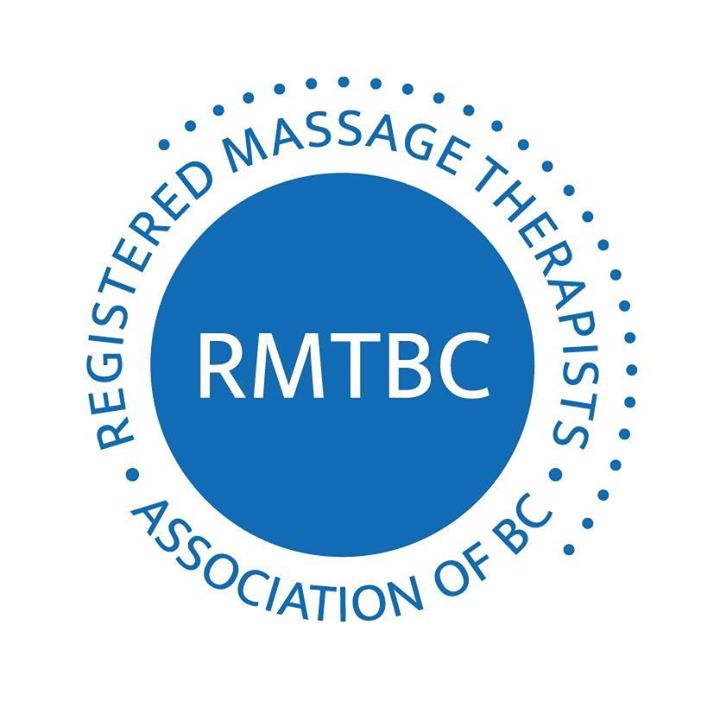Correlates of Injury-forced Work Reduction for Massage Therapists and Bodywork Practitioners†
Keywords:
work exhaustion, physical exhaustion, occupational work injury
Abstract
Background: Injury-forced work reduction (IFWR) has been acknowledged as an all-toocommon occurrence for massage therapists and bodywork practitioners (M & Bs). However, little prior research has specifically investigated demographic, work attitude, and perceptual correlates of IFWR among M & Bs. Purpose: To test two hypotheses, H1 and H2. H1 is that the accumulated cost variables set ( e.g., accumulated costs, continuing education costs) will account for a significant amount of IFWR variance beyond control/demographic (e.g., social desirability response bias, gender, years in practice, highest education level) and work attitude/perception variables (e.g., job satisfaction, affective occupation commitment, occupation identification, limited occupation alternatives) sets. H2 is that the two exhaustion variables (i.e., physical exhaustion, work exhaustion) set will account for significant IFWR variance beyond control/demographic, work attitude/perception, and accumulated cost variables sets. Research Design and Participants: An online survey sample of 2,079 complete-data M & Bs was collected. Stepwise regression analysis was used to test the study hypotheses. The research design first controlled for control/demographic (Step1) and work attitude/perception variables sets (Step 2), before then testing for the successive incremental impact of two variable sets, accumulated costs (Step 3) and exhaustion variables (Step 4) for explaining IFWR. Results: Results supported both study hypotheses: accumulated cost variables set (H1) and exhaustion variables set (H2) each significantly explained IFWR after the control/demographic and work attitude/perception variables sets. The most important correlate for explaining IFWR was higher physical exhaustion, but work exhaustion was also significant. It is not just physical “wear and tear”, but also “mental fatigue”, that can lead to IFWR for M & Bs. Being female, having moreyears in practice, and having higher continuing education costs were also significant correlates of IFWR. Conclusions: Lower overall levels of work exhaustion, physical exhaustion, and IFWR were found in the present sample. However, since both types of exhaustion significantly and positively impact IFWR, taking sufficient time between massages and, if possible, varying one’s massage technique to replenish one’s physical and mental energy seem important. Failure to take required continuing education units, due to high costs, also increases risk for IFWR. Study limitations and future research issues are discussed.Downloads the last 12 months
Download data is not yet available.
Published
2013-06-19
How to Cite
Blau, PhD, G., Monos, PhD, C., Boyer, PhD, E., Davis, JD, K., Flanagan, PhD, R., Lopez, PhD, A., & Tatum, PhD, D. S. (2013). Correlates of Injury-forced Work Reduction for Massage Therapists and Bodywork Practitioners†. International Journal of Therapeutic Massage & Bodywork Research Education &Amp; Practice, 6(3), 6–13. https://doi.org/10.3822/ijtmb.v6i3.199
Issue
Section
Research





.png)





